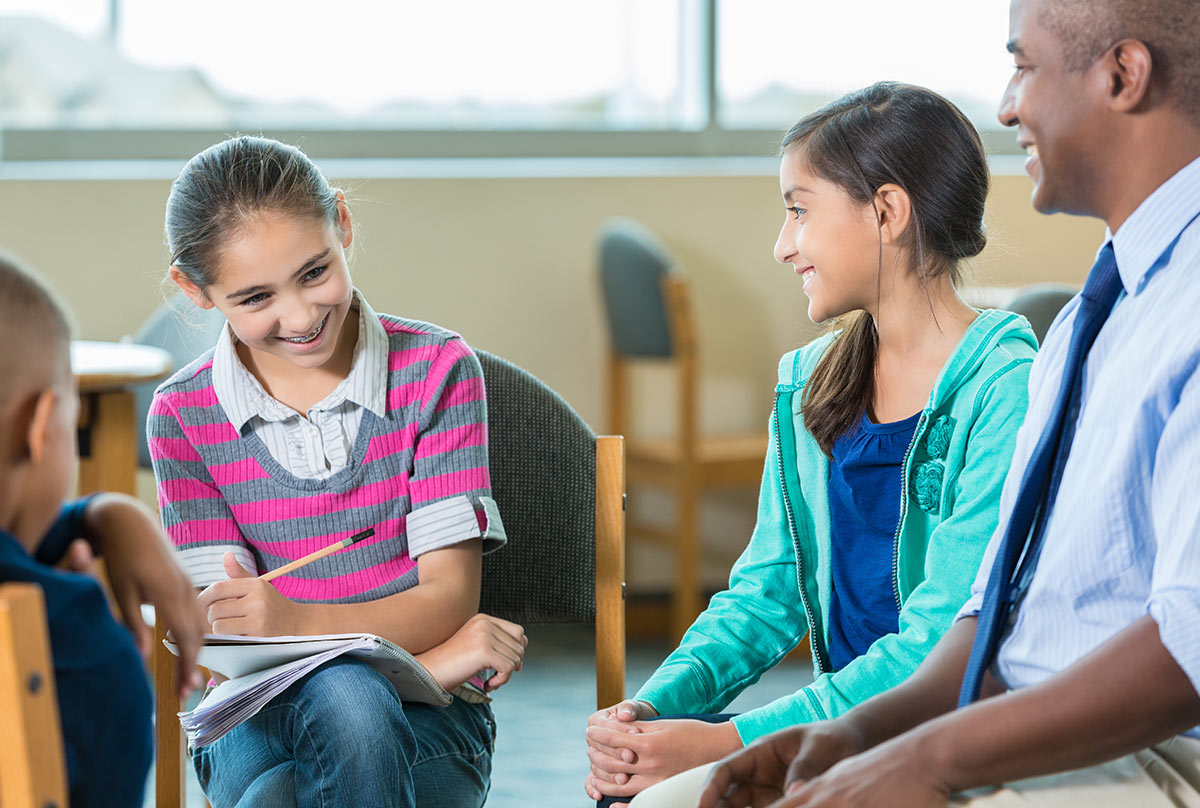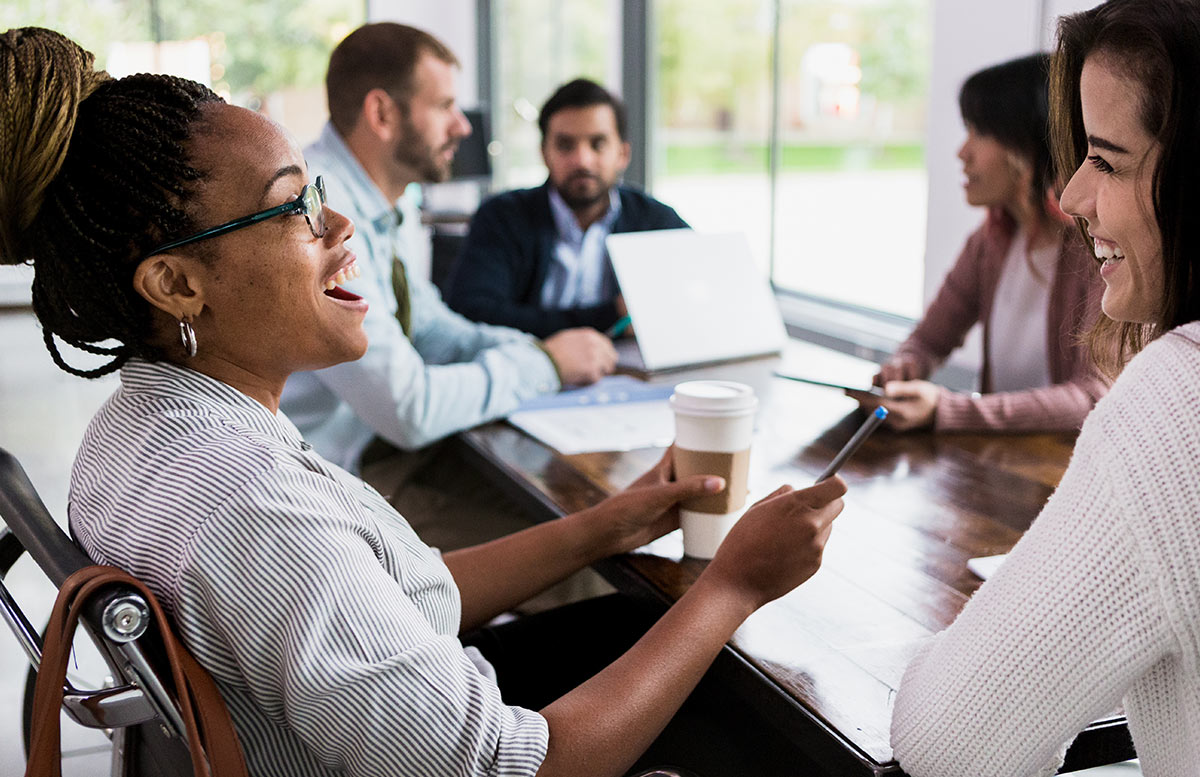
In February 2020, just before the COVID-19 pandemic shut down school campuses and rattled the education field and world, the San Diego County Office of Education was working to identify mental health and/or wellness leaders at each of the state’s 58 COEs to help with training-related needs.
“Everybody had different titles, but they gave us a person and so came together the group,” recalled Mara Madrigal-Weiss, executive director of Student Wellness and School Culture at San Diego COE. “That was the first time that we had people who were identified as mental health or wellness [leaders] come together.”
Funding from Assembly Bill 1808 supported the suicide prevention training for middle and high school students and staff. As San Diego COE assisted in getting other COEs user licenses for the training, there were meetings on the topic.
In addition to the meetings, San Diego COE began sharing additional resources from its Student Wellness and School Culture team.Madrigal-Weiss explained they create materials such as student wellness and student mental health guides, as well as guides for younger children and resources for parents. COEs could swap their own logos onto many of the templates and use them locally.
“For us, it does not matter where a student lives as long as the resources are getting out there,” Madrigal-Weiss said. “We wanted to make whatever we shared [guides or other materials] resource friendly for them to just pick up and use.”
Beyond helping to facilitate licenses, the team asked COEs if it would be beneficial to continue meeting regularly around issues of student mental health. There was unanimous interest. Every three months, via video call, COEs come together and talk about emerging issues and trends, legislative updates and best practices. The first official meeting as a statewide COE Mental Health and Wellness Collaborative took place in August 2021.
According to Heather Nemour, a Student Wellness and School Culture program specialist, the virtual gatherings generally include activities “to create interaction” as well as breakout sessions. All COEs are invited to contribute to the agenda and share their experiences.
One suggestion was to have COEs meet for the breakout sessions based on size. For example, rural and smaller COEs are grouped together as are mid-size and larger COEs.
“They always say that mental health looks very different in a rural community than in a large school community,” Nemour said. “From participating in the breakouts, I see that value because a lot of things aren’t one size fits all … Having more specific programming and resources to those unique communities has been helpful.”
In the age of COVID, peer sharing can be especially helpful as most people are overwhelmed and constantly crunched for time. On average, about 30 COEs attend per meeting with different offices participating each time. To encourage even more COE participation, Nemour said there may be more flexibility given, like having multiple meeting dates or holding sessions at different times of day.

During the collaborative’s November 2021 meeting, student behavior was discussed as challenges with how students were behaving was a trend. Practices around self-care for and psychological safety in the workplace were examined as well.
At the February 2022 meeting, staff wellness and how it can be measured was a focus, as was dealing with student grief.
Prior to this collaboration, collective conversations were focused mainly on funding, Madrigal-Weiss noted. “We try to make it a place where we can support each other and bring up the issues that we are facing,” she said.
San Diego COE is ready and willing to host as long as the want and need are there. Madrigal-Weiss hopes the collaborative will have an influence in shaping what’s happening in the education realm. She believes the knowledge they share at the meetings can trickle down and have great benefit for the LEAs and students they support.
Nemour shared an example of how the Mental Health and Wellness Collaborative has inspired ideas in San Diego. “I think it’s helpful because we support 42 school districts and so, being able to talk to a district and say, ‘Butte County is doing this really cool youth engagement thing and it’s a rural like you,’ to be able to tap into those examples or best practices in similar school communities across the state, just expands our knowledge in the county and it’s powerful to be able to do that,” Nemour said.